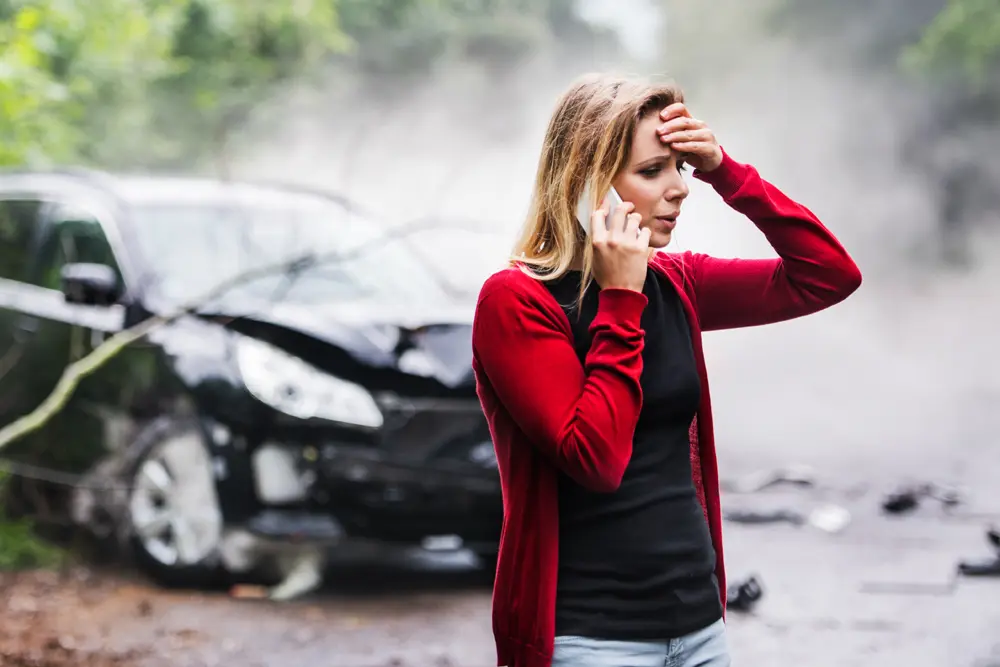
A natural disaster often strikes with little or no warning, leaving behind a trail of destruction that includes significant damage to personal property, including your car. Whether it’s a flood, hurricane, earthquake or tornado, your vehicle is subject to the elements and may require immediate attention by you to prevent further damage or to get back on the road.
In this brief overview, we’ll walk you through the essential steps to take if your vehicle has been impacted by a natural disaster. It’s important to note that every disaster is unique, and safety is your priority.
1. Safety First, Always
Before you even think about your vehicle, ensure your personal safety and the safety of your loved ones is attended to. If the disaster area is unsafe due to downed power lines, flooding or unstable structures, avoid returning to your vehicle until it’s deemed safe by local authorities. A weather radio is a great tool to keep current on happenings in your immediate area.
In the aftermath of a natural disaster, the risk of injury from environmental hazards is incredibly high, so it’s crucial to prioritize safety above all else.
2. Initial Assessment After a Natural Disaster
Once you’ve confirmed it’s safe to approach your vehicle, perform a quick assessment of the damage. Start with a visual inspection for any obvious issues such as dents, broken windows or water intrusion. Check the ground for fluid leaks, inspect your tires and look for debris that may have become lodged under the vehicle. If your vehicle is accessible, test basic functions such as the lights, horn, brakes and steering to determine if the vehicle is operable.
3. Documentation for Insurance
Documentation is key when dealing with insurance claims. So, now is the time to get out your phone and open the Camera app! Take clear photos and videos of the vehicle from multiple angles, capturing all visible damage you noted in Step 2.
It’s important to document the condition of your vehicle as soon as possible, as some insurance companies require immediate reporting of damage following a disaster. Make a detailed list of damages, noting the time, date and location of the disaster, and contact your insurance company to start the claims process.
4. Assessing Water Damage
Water damage is one of the most common issues that vehicles face after natural disasters like floods and hurricanes. Start by checking the interior for signs of water intrusion, such as wet seats, soggy carpets or condensation inside the windows. Inspect the engine bay for any signs of water exposure, including waterlines or debris around the engine components.
If your vehicle was submerged in water, even partially, it’s critical to determine the extent of the damage—whether the water reached the tires, doors or higher. The signs of water damage are apparent to a trained eye, but may be unnoticeable to someone not familiar with the affects.
5. Preparing for Repairs
After your initial assessment, it’s time to involve the professionals. Contact a reputable auto body shop, like Schaefer Autobody Centers, to schedule a comprehensive estimate to determine necessary repairs. Depending on the extent of the damage, your vehicle may not be safe to drive and may require towing.
In many states, it’s your choice of where to get your vehicle repaired. If your insurance carrier suggests a repair shop, ask if you can go somewhere you’re familiar with. Having your car repaired by technicians who are trained and certified by the vehicle manufacturer helps ensure your vehicle returns to the road in pre-accident condition.
6. Dealing with a Total Loss
In some cases, the damage may be so extensive that repairing the car isn’t economically feasible. A total loss occurs when the cost of repairs exceeds the value of the vehicle. If this happens, your insurance company will guide you through the process of determining the payout amount based on the pre-disaster value of your vehicle. You’ll then have to decide whether to accept the payout, salvage any parts or begin searching for a new vehicle.
As with any unfamiliar situation, ask lots of questions. The “total loss” scenario described here can greatly impact your finances, especially if you aren’t prepared to take on a new car payment.
7. Preventative Measures for the Next Natural Disaster
While natural disasters are unpredictable, there are steps you can take to better protect your vehicle in the future. If you live in an area prone to flooding, hurricanes or other severe weather, consider reviewing your insurance policy to include comprehensive coverage that specifically addresses natural disasters.
Other preventative measures include, investing in garage or covered parking, relocating your car from under or near large trees, parking on higher ground, researching durable car covers, and always keeping an emergency kit in your vehicle.
Dealing with vehicle damage following a natural disaster can be overwhelming, but taking prompt and informed action is crucial. Start with a safety check, document the damage and contact your insurance company as soon as possible. Don’t hesitate to seek professional help for repairs and consider preventive measures to minimize damage in similar situations. Your vehicle is a significant investment—protect it by being prepared and proactive.

